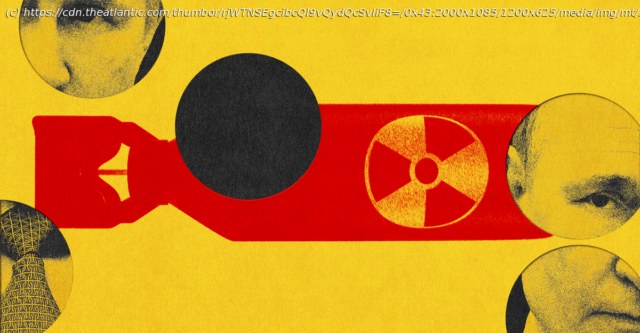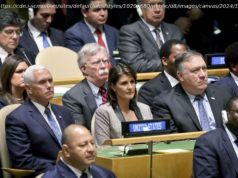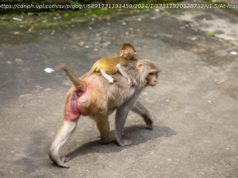Chaos creates countless opportunities for mistakes.
About the author: Tom Nichols is a contributing writer at The Atlantic and the author of its newsletter Peacefield. The Russian invasion of Ukraine is not a nuclear crisis. Yet. Concern about the role of nuclear weapons is perfectly understandable, however, now that a paranoid dictator has led Russia into a major war in the middle of Europe, attacking a country that shares a border with four of America’s NATO allies. A nuclear crisis is unlikely, but not impossible. The Russians are going to defeat the overmatched Ukrainians, and they do not need nuclear weapons to do it. And while Vladimir Putin is, in my view, unhinged and reckless, I see no indication that he is seeking war with the United States or NATO. Nonetheless, there are multiple paths to a dangerous nuclear confrontation that could embroil Moscow and Washington in a situation neither of them expects or wants. The least likely occasion for a nuclear crisis would be if Russian forces directly and intentionally threaten NATO territory. All of the Atlantic alliance, including the United States and its nuclear arsenal, would be required to come to the aid of the nations in danger. This is the doomsday scenario that NATO was created to prevent, and it would come about only if Putin were seized by an even greater madness than the one driving him to war in Ukraine. If Putin were to decide, for example, that his great crusade to roll back the collapse of the Soviet Union should include recapturing the Baltic states or driving NATO forces from Poland, he would effectively be declaring World War III and throwing the entire world into the abyss. But, again, there is no evidence that Putin intends to take this path. A far more likely possibility would be a crisis arising from an accident. War is always a risky and unpredictable affair, even when one side is far stronger than the other. Human beings and their machines make mistakes, sometimes with dire results.






